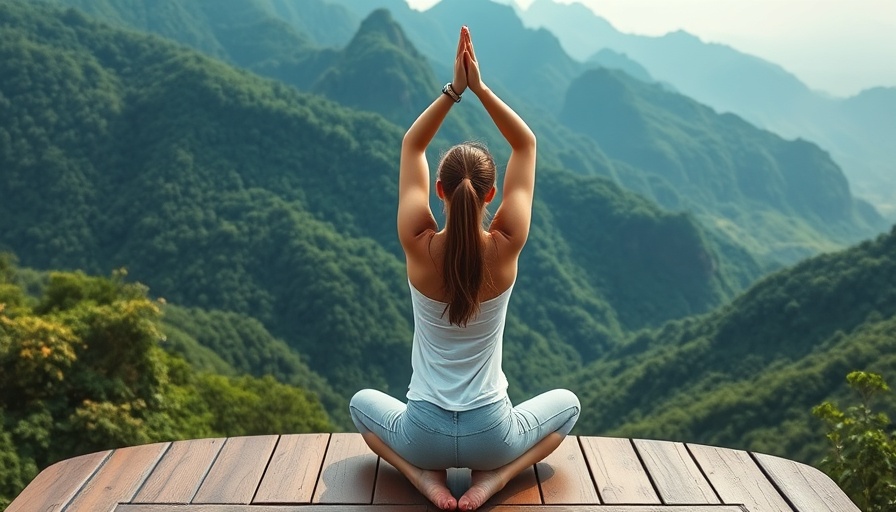
Unlocking Pain Relief: The Healing Power of Yoga
Chronic pain and body stiffness are afflictions many face, often rooted in the modern lifestyle—long hours at desks, sedentary activities, and sometimes even poor posture. As these discomforts accumulate, they knock on the door of our daily activities, making simple tasks feel insurmountable. Thankfully, yoga offers a holistic remedy, integrating physical, mental, and emotional healing to alleviate these challenges. Combining mindfulness with movement, yoga not only stretches and strengthens the body but also nourishes the soul. Here, we delve into seven beginner-friendly poses that promise to ease chronic pain and stiffness.
Why Choose Yoga for Chronic Pain?
Yoga’s effectiveness in managing chronic pain stems from its comprehensive approach. It promotes the body's natural healing process through a blend of breath, movement, and mindfulness. Studies in medical journals, such as those referenced by PubMed Central, highlight how the practice can:
- Increase flexibility: By stretching tight muscles, yoga eases stiffness, enhancing mobility.
- Strengthen muscles: Many poses focus on essential muscle groups, fortifying the body to protect against injuries.
- Calm the mind: In reducing stress—which often exacerbates physical discomfort—yoga fosters a mental clarity that supports overall health.
Effective Yoga Poses for Relieving Chronic Pain
Here are seven yoga poses crafted to support those living with chronic pain and stiffness. Each pose serves a unique purpose, whether it’s to stretch, strengthen, or soothe.
- 1. Balasana (Child's Pose): This restorative position relaxes the lower back, hips, and legs, making it an excellent starting point. Kneel, bring the big toes together, and hinge forward, extending your arms or resting them by your side for deep breaths.
- 2. Marjaryasana-Bitilasana (Cat-Cow Pose): This flowing sequence enhances spinal mobility. By transitioning between arching and rounding the back, it nurtures flexibility in the spine and invigorates the body.
- 3. Setu Bandhasana (Bridge Pose): This pose strengthens the back and legs while opening the chest, fostering a sense of strength and stability.
- 4. Sukhasana (Easy Pose): A seated pose that encourages relaxation and focus, promoting mindfulness in each breath.
- 5. Anjaneyasana (Low Lunge): This stretches the hip flexors and opens the legs, easing tension while enhancing mobility.
- 6. Adho Mukha Svanasana (Downward-Facing Dog): A fundamental pose that stretches the entire back, legs, and arms while invigorating the body.
- 7. Viparita Karani (Legs-Up-The-Wall Pose): This gentle inversion promotes circulation and relaxation, making it perfect for unwinding stress.
Realizing the Broader Benefits of Yoga
As individuals dive into these poses, they may discover benefits beyond just physical relief. Yoga encourages a deeper connection to the body, enhancing one’s awareness of how stress and tension manifest. It fosters patience and resilience, key attributes that prove important in overcoming life's challenges.
Building a Sustainable Fitness Routine
Integrating yoga into a daily fitness routine can lead to sustained health benefits. Beyond alleviating pain, it nurtures a lifestyle that prioritizes well-being. By committing to even 10-15 minutes of yoga practice daily, individuals can gradually cultivate flexibility, strength, and mental clarity.
Join the Movement Towards Wellness
As we navigate through our busy lives, let’s remember the importance of self-care. Embracing yoga for chronic pain is not just about physical movements but a journey towards mindfulness and holistic health. If you're looking to relieve chronic pain and enhance your overall quality of life, consider starting a daily yoga practice. Your body will thank you.
 Add Row
Add Row  Add
Add 




Write A Comment